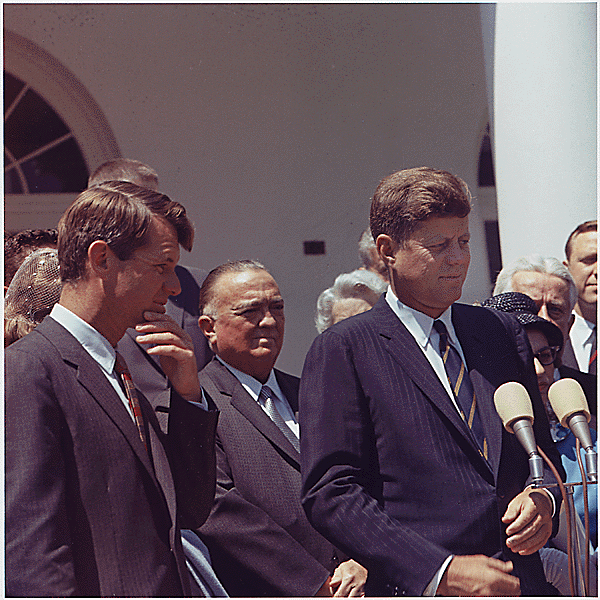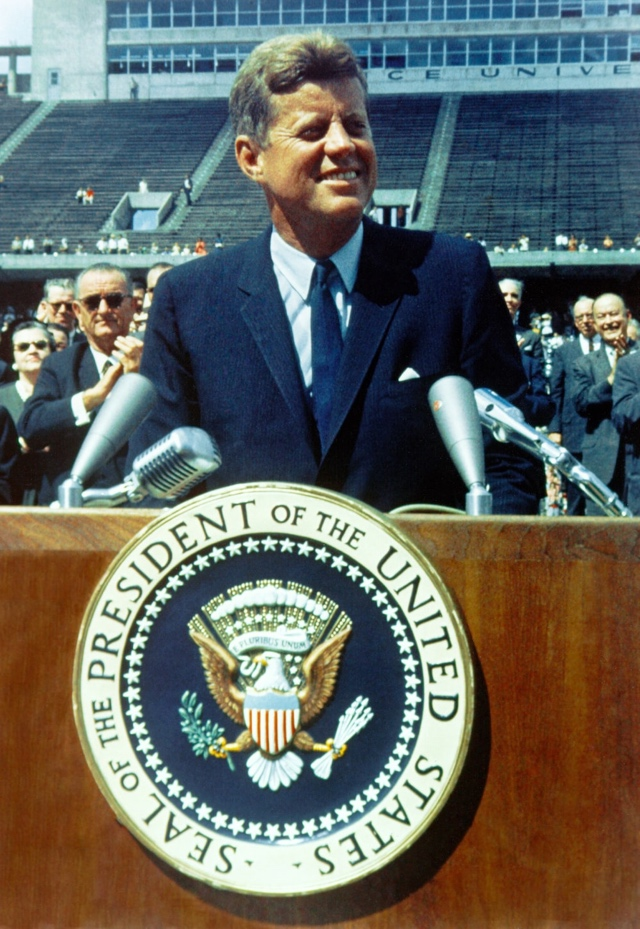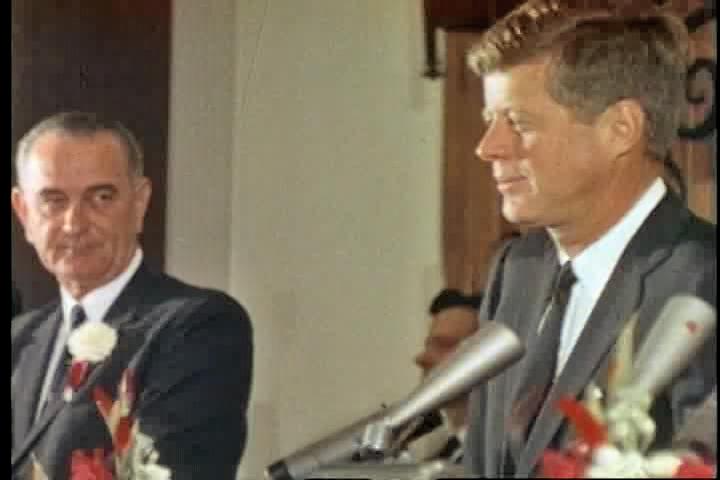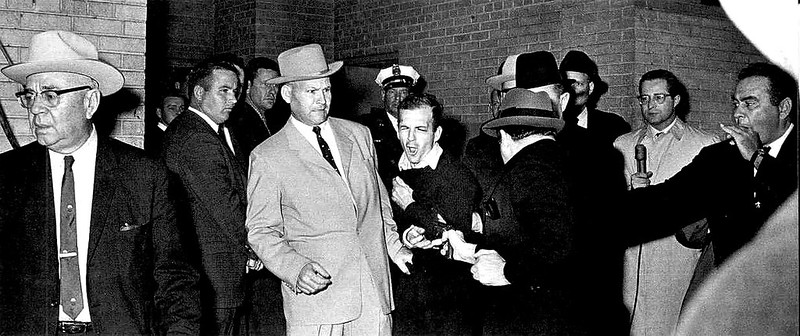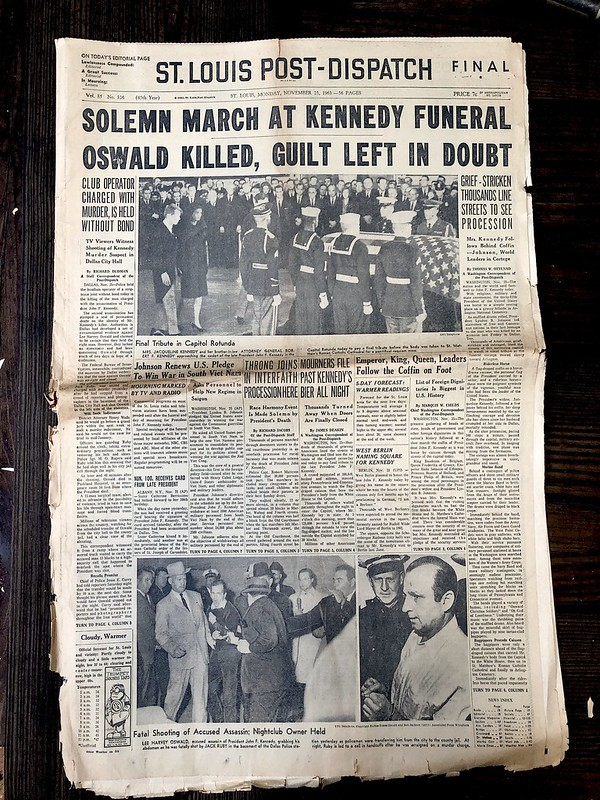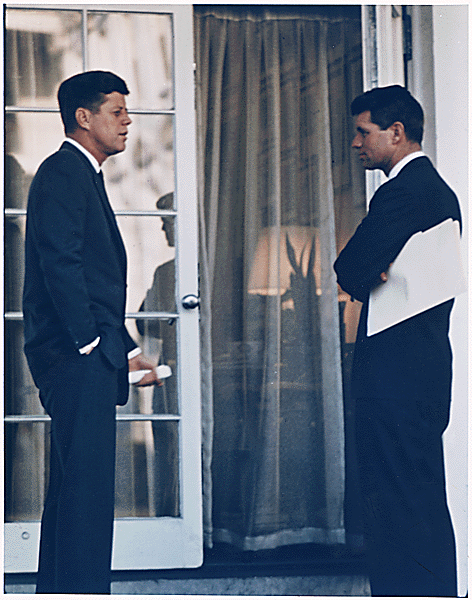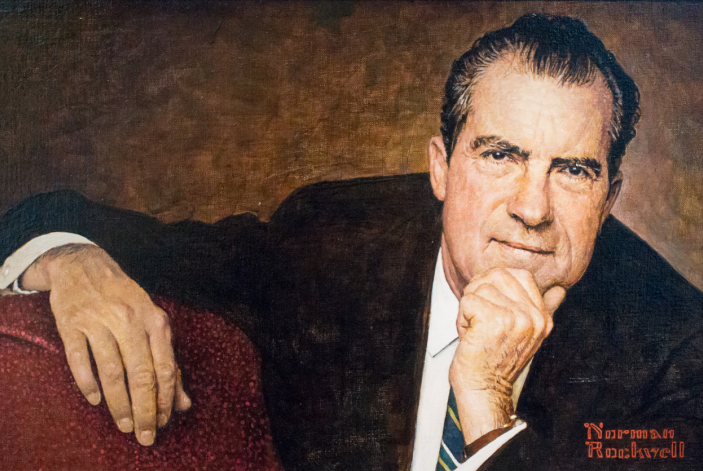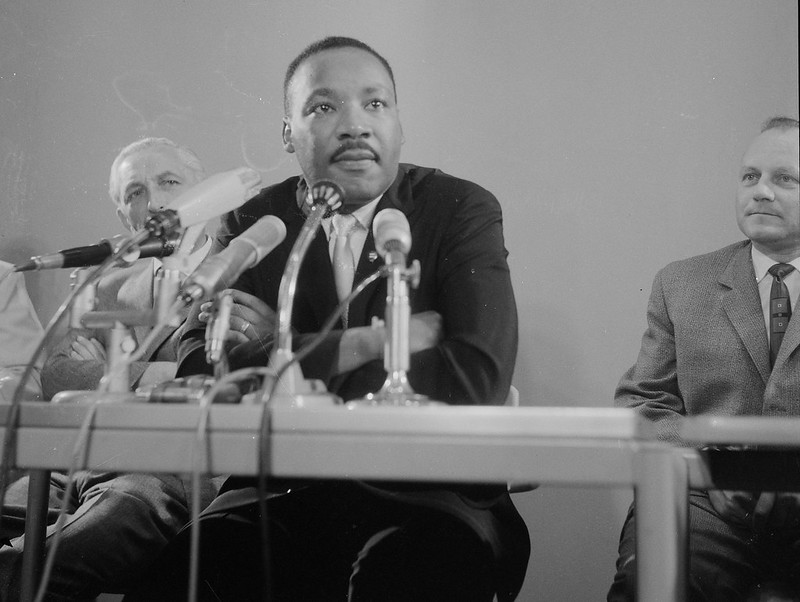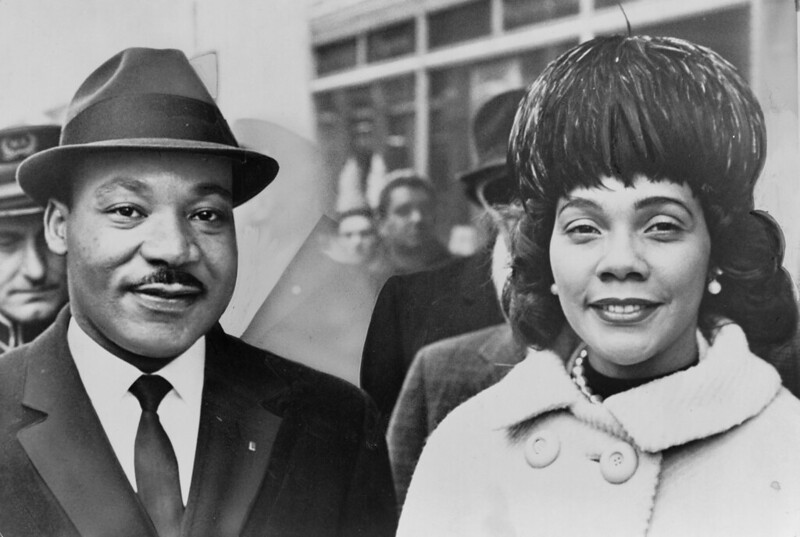- Jake Fernandez
- Blogs
- Hits: 213
The Life and Death of Mobster Sam Giancana
James DiEugenio recently revisited the life, death, and circumstances surrounding the demise of American mobster Sam Giancana, who ruled the Chicago outfit in the 1950s and 1960s. Tap here to check out Part 1 of DiEugenio's article.
Keep reading for a preview of the man the Warren Commission couldn't directly implicate in the assassination of John F. Kennedy.
The Early Life of Sam Giancana
Sam Giancana, originally Salvatore Giangana, hailed from a Sicilian family that settled in Chicago's Italian neighborhood. While growing up under an abusive father, Sam's troubled youth led him to join a gang called The 42s, where he learned criminal skills and how to manipulate the system.
His involvement in bootlegging during Prohibition brought him to the attention of the Chicago mob. He eventually became a driver for Al Capone's gang. Following Capone's imprisonment, Giancana continued his criminal activities.
In prison, he formed connections with Eddie Jones, a leader in the African American lottery racket. It was then Giancana realized the huge profit margin in the racket surpassed other criminal enterprises.
Sam Giancana Joins the Chicago Mob
When Sam Giancana kidnapped Jones and forced him to hand over the racket in exchange for a cut of the profits and a lump sum payment, he piqued the interest of Chicago mob leaders. They elevated Giancana's status within the organization.
Giancana's reign faced challenges, including the Kefauver hearings on organized crime and the exposure of the Apalachin meeting. The formation of the McClellan Committee further intensified scrutiny of organized crime, with Robert F. Kennedy leading investigations. Giancana's encounter with the committee showcased his criminal reputation.
Meanwhile, the FBI began surveilling Giancana and The Outfit with approved wiretaps on their meeting places. Surprisingly, the CIA recruited Giancana to participate in a plot to assassinate Fidel Castro.
Did Giancana Help John F. Kennedy?
The idea that Giancana helped Kennedy win in Illinois is debunked by author John Binder, who found no evidence of such influence. The claims of mob involvement in the West Virginia primary are also questionable, as no credible sources support them.
These conspiracy theories serve as revenge by criminals against the Kennedy family, but they lack credibility and reflect the shallow culture of sensational tabloid narratives.
DiEugenio's Closing Statements
The 2011 documentary, Momo: The Sam Giancana Story explores the events surrounding President Kennedy's assassination and Giancana's murder in Chicago. While the film features the involvement of Blasi and Accardo, it contradicts Chuck Giancana's version regarding the assassins and the roles played by Tippit and White. There are conflicting accounts regarding Giancana's whereabouts during that day.
FBI agent William Roemer, who conducted surveillance on Giancana, discovered no evidence or discussions suggesting an attempt on JFKs life. The differing narratives provided by Giancana's brothers add further complexity to the narrative.
The limited scope of today's blog cannot entirely encompass the life of mobster Sam Giancana. Check out DiEugenio's two-part article based on Momo: The Sam Giancana Story, and share your thoughts about the claim that he might have had something to do with the John F. Kennedy assassination.
Contact us to share your feedback and alternative theories.


